The future of farming isn’t happening in vast cornfields under open skies—it’s rising in converted warehouses, abandoned buildings, and purpose-built towers right in the heart of our cities. These vertical farms are turning the traditional idea of agriculture on its head, literally stacking growing systems multiple stories high to produce fresh food where millions of people live.
These urban agricultural operations use controlled environments, LED lighting, and soilless growing methods to produce crops year-round, regardless of weather or season. Here is a list of 20 vertical farms that are bringing fresh produce directly to city centers across the globe.
AeroFarms in Newark, New Jersey
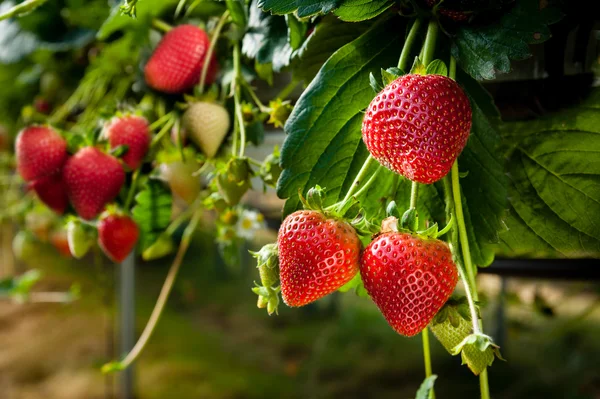
AeroFarms operates the world’s largest vertical farm in a 69,000-square-foot converted steel mill in Newark, just eight miles from Manhattan. This facility grows leafy greens using aeroponic technology, which delivers nutrients directly to plant roots through mist, using 95% less water than traditional farming methods.
The operation can produce crops equivalent to 390 acres of farmland while sitting on less than 1 acre of urban real estate.
Plenty in San Francisco, California
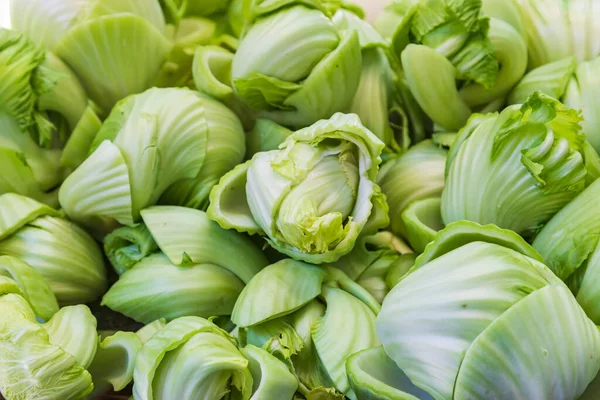
Plenty’s vertical farm in South San Francisco spans 100,000 square feet and produces strawberries, leafy greens, and herbs using towers that reach 20 feet high. The facility uses artificial intelligence to monitor and adjust growing conditions for each plant individually, like having a personal trainer for every piece of lettuce.
This setup enables them to harvest crops every 11 days, rather than the typical seasonal cycles.
Like Travel Pug’s content? Follow us on MSN.
Gotham Greens in Queens, New York

Gotham Greens operates multiple rooftop greenhouses across New York City, including a 60,000-square-foot facility in Queens that sits atop a Whole Foods Market. Their setup grows pesticide-free lettuce, herbs, and tomatoes using hydroponic systems that recirculate water and nutrients.
The company delivers fresh produce to over 1,000 stores within a 300-mile radius of its urban farms.
Bowery Farming in Kearny, New Jersey

Bowery Farming’s smart farm in Kearny uses machine learning and robotics to grow crops in a 100,000-square-foot indoor facility. Their system monitors over 130 million data points to optimize growing conditions, making adjustments that would take human farmers decades to perfect through trial and error.
The operation produces leafy greens that reach supermarket shelves within days of harvest.
Vertical Harvest in Jackson, Wyoming
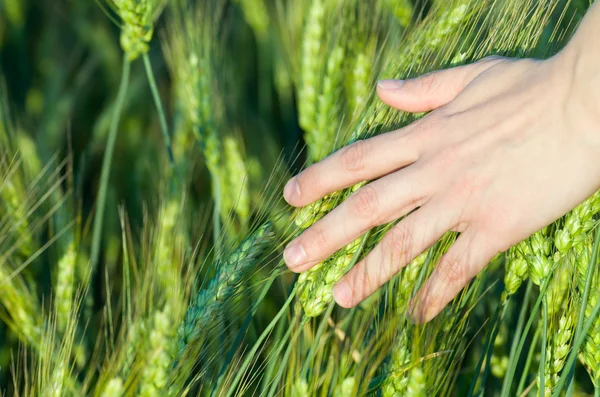
Vertical Harvest built America’s first commercial vertical farm in Jackson, a three-story glass structure that produces tomatoes, microgreens, and leafy vegetables year-round despite Wyoming’s harsh winters. The 13,500-square-foot facility sits on just one-tenth of an acre but yields as much food as a 5-acre traditional farm.
This operation employs adults with disabilities, proving that vertical farming can address social issues alongside food production.
Like Travel Pug’s content? Follow us on MSN.
Green Sense Farms in Portage, Indiana

Green Sense Farms operates a 25,000-square-foot vertical farm in Portage that grows lettuce, kale, and herbs using LED lighting systems that consume 75% less energy than traditional greenhouse operations. The facility sits in a former manufacturing building, demonstrating how vertical farming can revitalize abandoned industrial spaces.
Their produce reaches Chicago-area restaurants and grocery stores within hours of harvest.
Farm.One in Tribeca, New York City
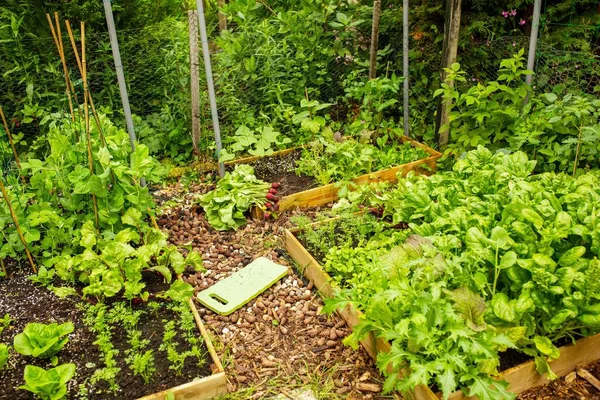
Farm.One operates a unique 1,500-square-foot underground vertical farm beneath a restaurant in Manhattan’s Tribeca neighborhood. This facility specializes in growing exotic herbs, microgreens, and edible flowers that chefs use immediately upstairs, eliminating transportation.
The operation grows over 500 varieties of rare plants that would be impossible to source fresh anywhere else in the city.
Iron Ox in San Carlos, California

Iron Ox runs an automated farm in San Carlos where robots handle planting, monitoring, and harvesting operations in an 8,000-square-foot facility. Their robotic systems can lift 1,000-pound hydroponic growing beds and move them around the facility based on each plant’s needs, like a very sophisticated game of agricultural Tetris.
The operation produces leafy greens and herbs for Bay Area restaurants and retailers.
Like Travel Pug’s content? Follow us on MSN.
Square Roots in Brooklyn, New York
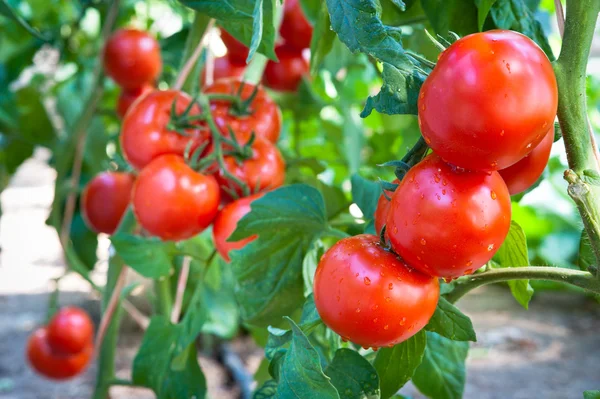
Square Roots operates a vertical farm in Brooklyn using converted shipping containers that stack and connect to create growing spaces. Each 320-square-foot container can produce the equivalent of a 2-acre farm using climate-controlled environments and LED lighting.
The facility sits in the Bed-Stuy neighborhood, providing fresh produce to food deserts where quality groceries are hard to find.
AppHarvest in Morehead, Kentucky

AppHarvest built a 60-acre greenhouse facility in Morehead that combines traditional greenhouse growing with vertical farming techniques to produce tomatoes year-round. The operation utilizes rainwater collection and natural lighting, supplemented by LEDs, to create optimal growing conditions in eastern Kentucky’s mountains.
This facility alone produces enough tomatoes to supply multiple states across the region.
Sky Greens in Singapore
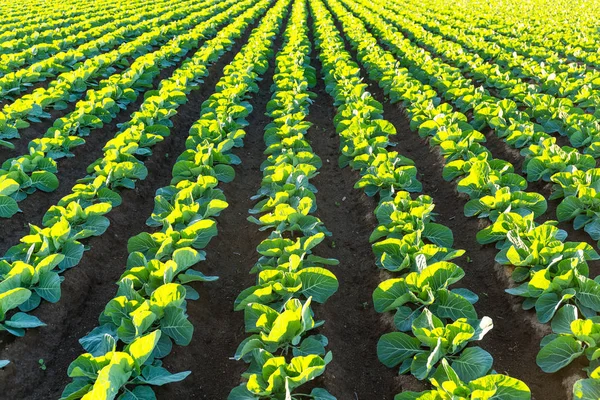
Sky Greens operates the world’s first commercial vertical farm using a rotating tower system in Singapore that produces Chinese vegetables and leafy greens. Their A-shaped towers rotate slowly to ensure all plants receive equal sunlight exposure, using a hydraulic water system that requires minimal electricity.
This operation produces 1 ton of vegetables daily on just 6,000 square feet of urban land.
Like Travel Pug’s content? Follow us on MSN.
Spread’s Vegetable Factory in Kyoto, Japan
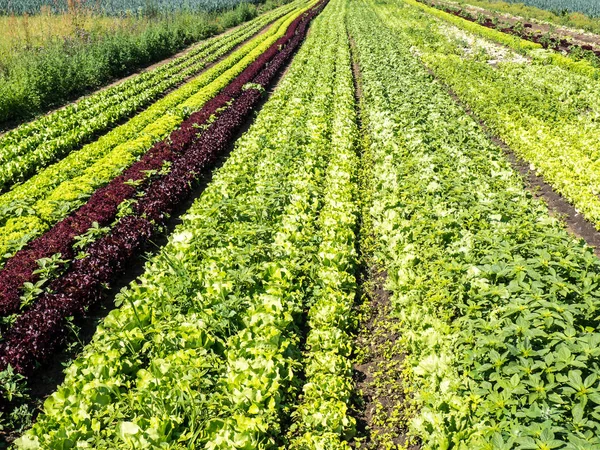
Spread operates a fully automated lettuce factory in Kyoto where robots handle 98% of the farming process from seeding to harvest. The 4,400-square-foot facility produces 21,000 heads of lettuce daily using LED lighting and computer-controlled nutrient delivery systems.
This operation demonstrates how vertical farming can address labor shortages while maintaining consistent production quality.
Jones Food Company in Scunthorpe, England
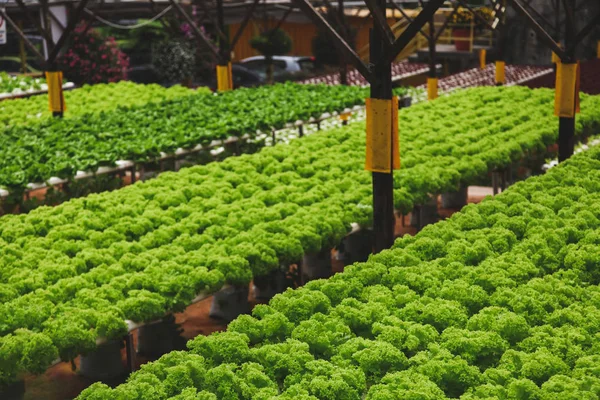
Jones Food Company operates Europe’s largest vertical farm in a converted warehouse in Scunthorpe, producing leafy greens and herbs using LED technology. The 148,000-square-foot facility grows crops 365 days a year without pesticides, herbicides, or fungicides, supplying major UK supermarket chains.
Their operation uses 95% less water than traditional farming while producing yields up to 365 times higher per square foot.
Mirai in Sendai, Japan
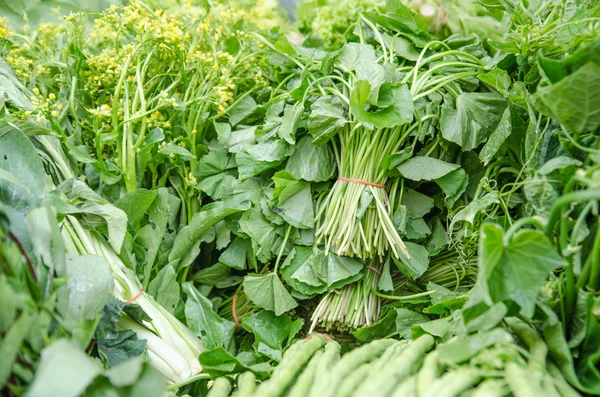
Mirai transformed a former Sony semiconductor factory in Sendai into a vertical farm that produces 10,000 heads of lettuce daily. The facility uses precision LED lighting and automated systems to create optimal growing conditions in a city still recovering from the 2011 tsunami.
This conversion shows how vertical farming can revitalize abandoned industrial infrastructure while providing food security.
Like Travel Pug’s content? Follow us on MSN.
Nordic Harvest in Copenhagen, Denmark

Nordic Harvest operates a 14-story vertical farm in Copenhagen that produces herbs and leafy greens using 20,000 LED lights in a facility designed to look like a regular office building. The operation grows crops without soil, pesticides, or weather dependency while sitting in one of the world’s most expensive real estate markets.
Their produce reaches Copenhagen restaurants and grocery stores within hours of harvest.
Growing Underground in London, England
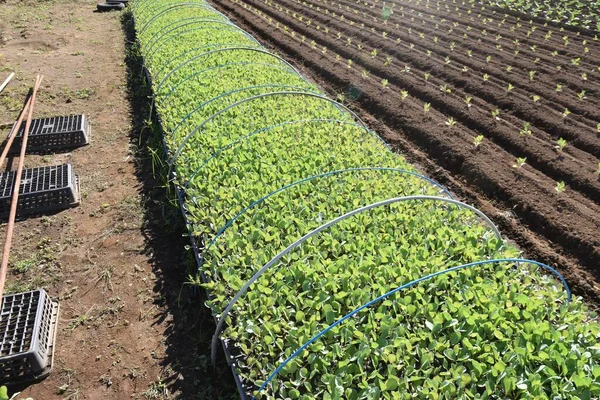
Growing Underground operates the world’s first subterranean farm 100 feet below London’s streets in abandoned World War II air raid tunnels. The facility grows microgreens, herbs, and salads using hydroponic systems and LED lighting in spaces that once sheltered Londoners during the Blitz.
This operation produces crops year-round, utilizing underground infrastructure that would otherwise remain unused.
Freight Farms in Boston, Massachusetts
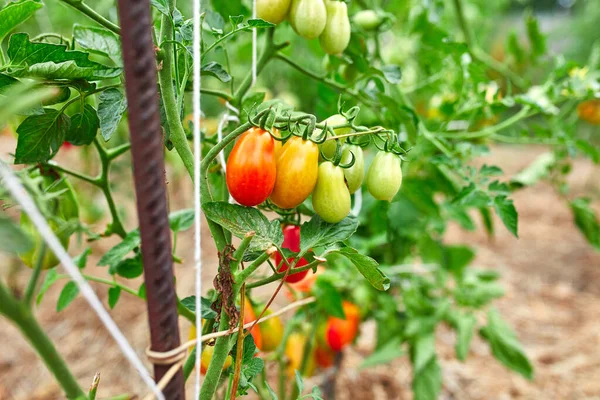
Freight Farms pioneered the shipping container farming model with installations across Boston, including units that produce fresh greens for local restaurants and grocery stores. Each container farm uses hydroponic growing systems and climate controls to produce the equivalent of 2 acres of farmland in just 320 square feet.
These mobile farms can be installed anywhere with electrical connections, making urban agriculture accessible to small businesses.
Like Travel Pug’s content? Follow us on MSN.
Plant Chicago in Chicago, Illinois
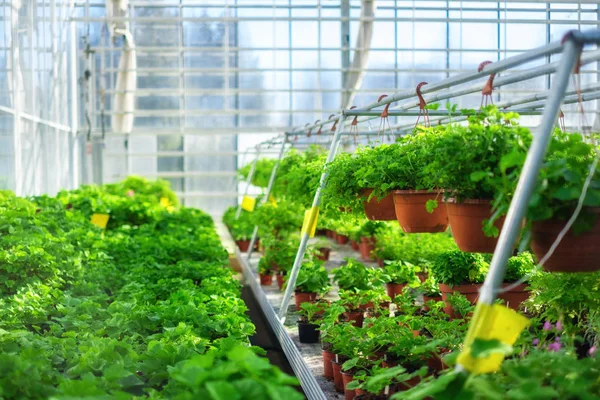
Plant Chicago operates a vertical aquaponics farm inside a former meatpacking facility in the Back of the Yards neighborhood, combining fish farming with vegetable production. The 93,500-square-foot facility uses fish waste to fertilize crops while the plants clean the water for the fish, creating a closed-loop system.
This operation produces both fresh vegetables and fish protein while revitalizing a historically industrial area.
Local Roots in Los Angeles, California
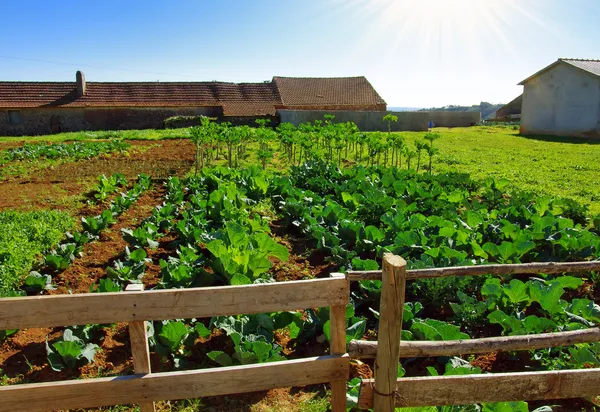
Local Roots operates container farms throughout Los Angeles, producing leafy greens and herbs for restaurants and grocery stores using automated growing systems. Their installations can be found in parking lots and unused urban spaces, bringing food production directly to neighborhoods that lack access to fresh produce.
Each container produces over 365 harvests per year using 99% less water than traditional farming.
Infarm in Berlin, Germany
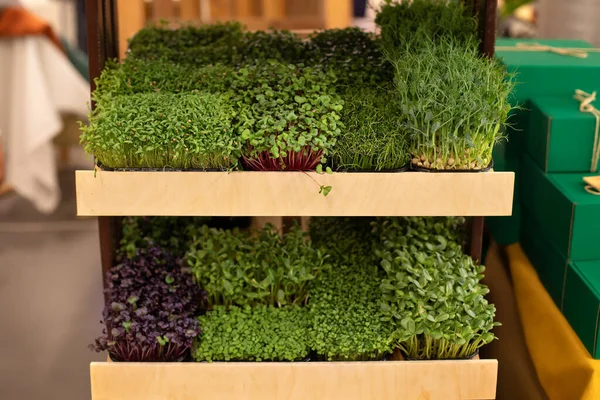
Infarm operates modular vertical farms inside grocery stores, restaurants, and warehouses throughout Berlin, allowing customers to harvest fresh herbs and greens directly from growing systems. Their installations look like high-tech refrigerators but function as complete farming ecosystems that can be monitored and controlled remotely.
This model brings farming directly to the point of consumption, eliminating transportation.
Like Travel Pug’s content? Follow us on MSN.
From Victory Gardens to Vertical Fields

A century ago, city dwellers grew vegetables in backyard victory gardens to support themselves during wartime rationing and economic hardship. Today’s vertical farms represent a high-tech evolution of that same principle—bringing food production back to where people live, but with precision and efficiency that previous generations could never imagine.
These operations prove that cities don’t have to depend entirely on rural areas for fresh food, especially as urban populations continue growing and climate change threatens traditional agricultural regions. The future of feeding our cities might just be growing upward, one LED-lit floor at a time.
More from Travel Pug

- 20 Best Beach Towns in the Carolinas
- 13 Destinations Where Tourists Regularly Regret Their Trip
- 20 Things You Actually Get in First Class
- 20 Small Airports With Aviation Museums
- 20 Places in the U.S. That Are Perfect for a Reset Trip
Like Travel Pug’s content? Follow us on MSN.
